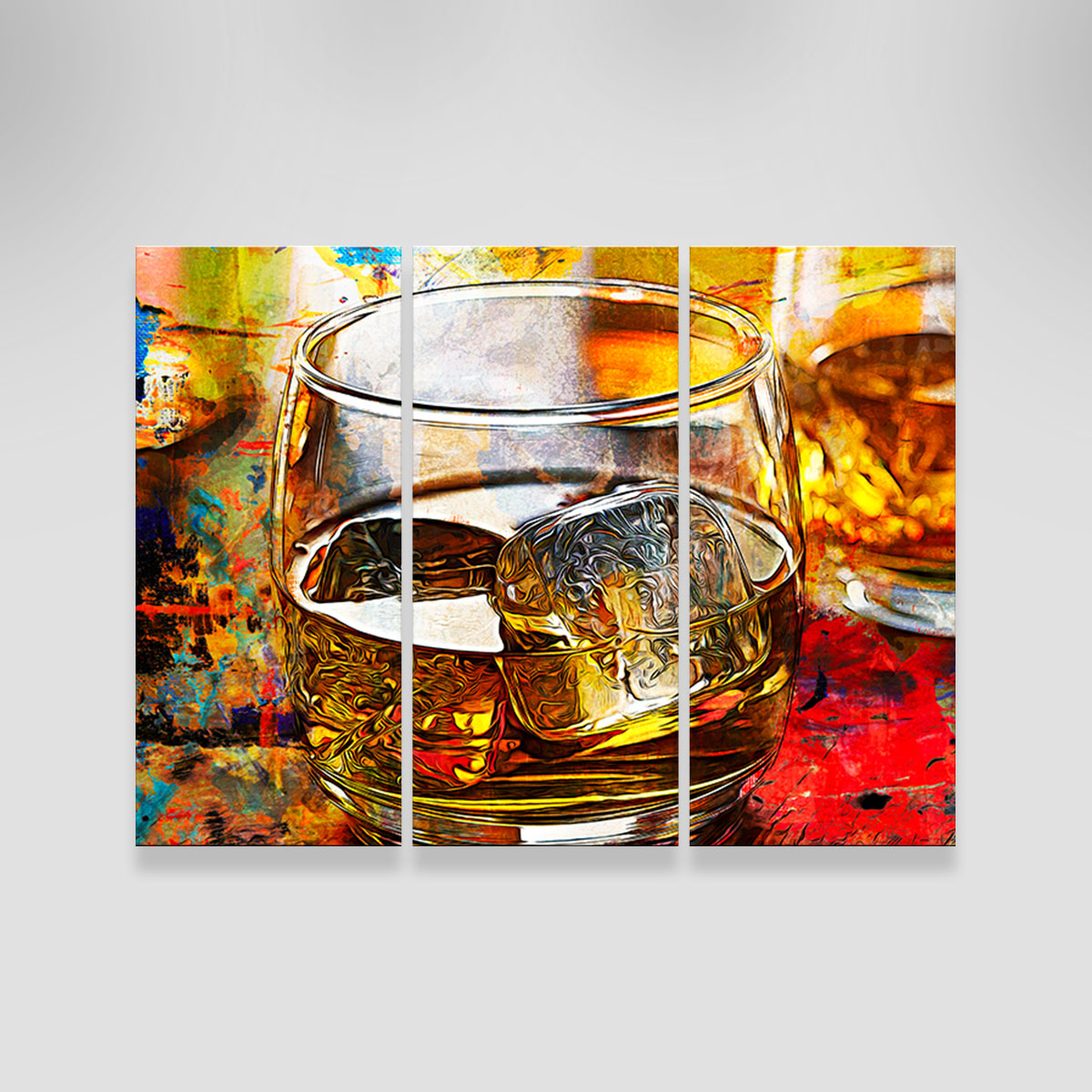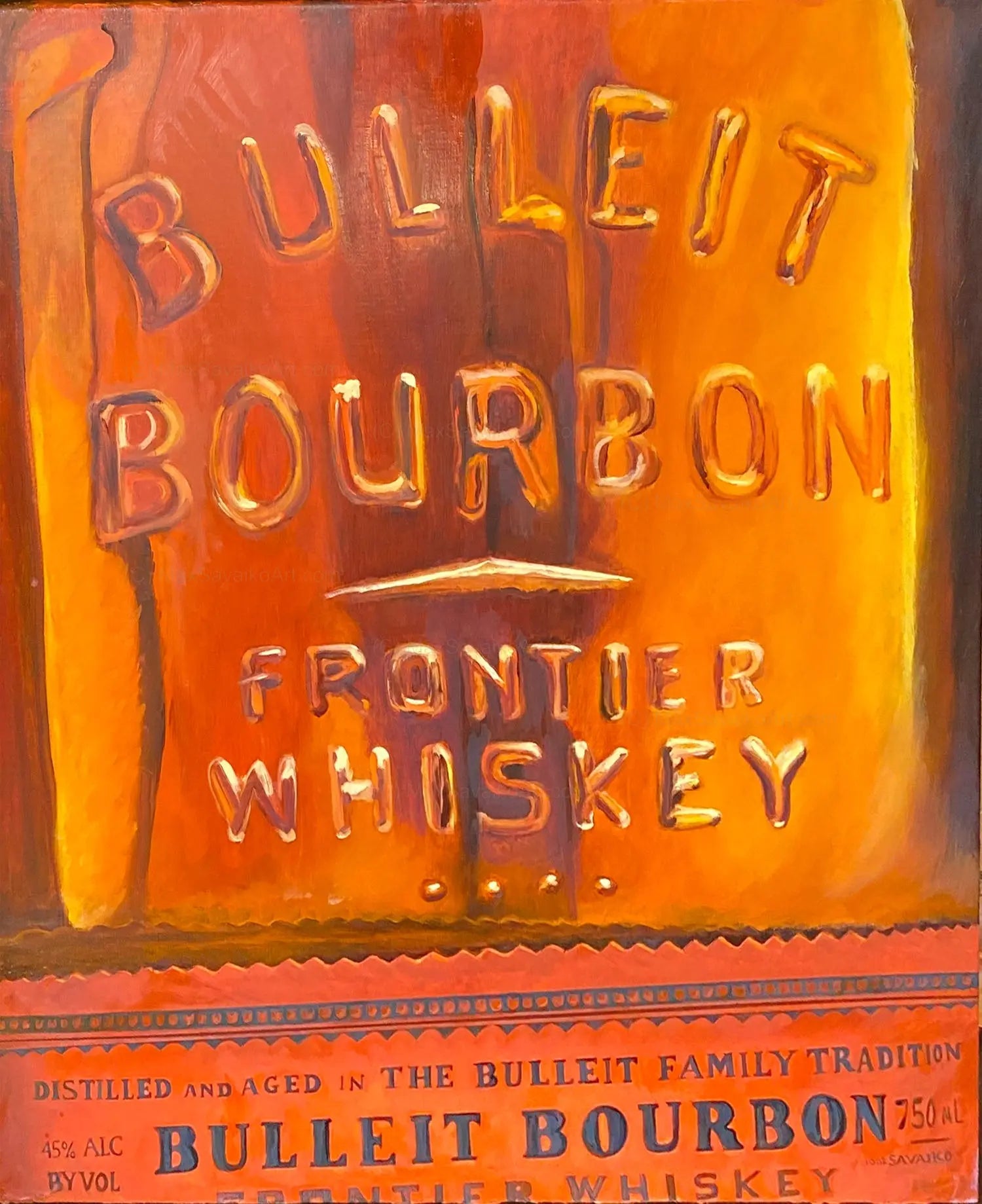Limited Edition Bourbon Art: Why Collectors Are Flocking to One-of-a-kind Finds
Limited Edition Bourbon Art: Why Collectors Are Flocking to One-of-a-kind Finds
Blog Article
The Significance of Whiskey Art in Celebrating Heritage and Craftsmanship in the Beverage Sector
The intricate connection in between scotch art and the party of heritage and workmanship within the drink sector can not be overstated. Via attentively created tags and bottles, bourbon brands encapsulate their historical origins and the artisanal abilities that define their production approaches. This imaginative measurement not just boosts market charm however likewise works as an avenue for cultural narration, fostering a much deeper connection in between the consumer and the craft. As we discover the numerous facets of this subject, appealing inquiries concerning the impact of modern fads on conventional techniques occur, motivating more evaluation.
The Historical Origins of Whiskey
At the heart of scotch's attraction lies a rich tapestry of historical roots that map back to old civilizations. The origins of bourbon can be connected to the distillation methods of the Sumerians and Babylonians around 2000 BCE, where early types of fermented grain drinks began to arise. However, it was in the Center Ages that the art of purification developed significantly, especially in Ireland and Scotland, causing the development of scotch as we understand it today.
The term "scotch" itself acquires from the Gaelic word "uisce beatha," suggesting "water of life." This expression highlights the social significance of scotch in Celtic cultures, where it was commonly linked with routines, celebrations, and common bonding. By the 15th century, distillation became an acknowledged craft within reclusive communities, paving the means for the facility of lawful distilleries.
As profession paths broadened, whiskey's popularity grew, transcending regional borders and recording the rate of interest of lovers worldwide. Bourbon Art. This historical journey reflects not only the craftsmanship behind scotch manufacturing yet likewise its essential role in social and social contexts, marking it as a substantial drink throughout history
Artistic Expression in Branding
Scotch branding stands as an engaging intersection of artistry and business, where aesthetic identity plays a critical function in forming customer assumption. The appearances of scotch labels, product packaging, and advertising and marketing materials show not only the brand's tale but also its core values and heritage. With artistic expression, distilleries convey a narrative that resonates with consumers, evoking emotions and triggering connections.
The usage of color, typography, and imagery in branding offers to differentiate products in a saturated market. For example, traditional motifs might stimulate a sense of authenticity and craftsmanship, while modern-day layouts can represent technology and forward-thinking. This calculated artistic direction enhances brand recognition and loyalty, enabling customers to create a personal relationship with the scotch they select.
Additionally, creative expression in branding typically acts as a party of local heritage. Distilleries often include regional symbols or historic recommendations into their styles, developing a local color that welcomes customers to engage in a wider social experience. Eventually, the creativity behind scotch branding not just enhances visual charm however additionally improves the total narrative of the brand, fostering a much deeper gratitude for the workmanship and heritage ingrained in each bottle.
Workmanship in Bottle Style
The creativity apparent in scotch branding expands past aesthetic identification to incorporate the workmanship included in container style. Each container functions as a vessel not just for the spirit within, yet likewise for the tale it informs regarding its high quality, origin, and custom. The style process requires meticulous focus to information, as aspects such as material, form, and closure add significantly to the total perception of the bourbon.
Workmanship in container design includes picking premium glass that can improve the bourbon's shade and clarity, while likewise offering a tactile experience for the customer. The silhouette of the container should be both cosmetically enticing and practical, often reflecting the heritage of the brand name. Several distilleries select unique forms or printed logos that stimulate a sense of authenticity and background.
Furthermore, the label style and typography play a vital function in interacting the brand name's story. Realism Art. A well-crafted bottle not just captivates the consumer's eye however likewise enhances the brand's dedication to high quality and custom. In this means, the workmanship of container design becomes a crucial facet of the whiskey experience, combining creativity with an extensive regard for heritage
Social Importance of Bourbon Art
Celebrating practice and craftsmanship, the social significance of bourbon art transcends mere looks, intertwining with the social and historic narratives of the regions from which it originates. Each bottle serves as a canvas, showing the distinct tales, folklore, and practices that have formed neighborhood whiskey-making practices. The detailed styles commonly show the heritage of the distillers, incorporating symbols and motifs that resonate with the culture and values of their areas.

In enhancement, scotch art plays a crucial function in public gatherings and parties, acting as a concrete web link between people and their pop over to this web-site shared experiences. By appreciating the virtuosity in bourbon packaging, customers grow a deeper understanding and regard for the craft, eventually improving their pleasure of the beverage itself.
Modern Trends in Bourbon Discussion
Over the last few years, the discussion of scotch has developed to mirror contemporary preferences and patterns while still recognizing conventional workmanship - Realism Art. Distilleries are increasingly concentrating on visual aspects that boost the overall drinking experience, bridging the gap in between heritage and modernity
Cutting-edge bottle designs have emerged, commonly integrating sustainable materials and imaginative tags that tell engaging tales. Several brand names now work together with local artists, infusing their items with one-of-a-kind visual expressions that resonate with consumers. Additionally, limited-edition launches are frequently packaged in collectible containers, including worth and charm for aficionados.

Conclusion
In verdict, bourbon art functions as an important conduit for sharing the heritage and craftsmanship intrinsic in the beverage market. Via complex branding, cutting-edge bottle layouts, and culturally substantial creative elements, scotch brand names properly recognize their customs and attach with customers. This creative narrative not only raises the recognition of bourbon but likewise strengthens area identity and pride among producers. Inevitably, whiskey art plays a crucial role in preserving and commemorating the abundant social tapestry of whiskey-making.


Craftsmanship in container design includes choosing premium glass that can improve the scotch's shade and clearness, while additionally providing a tactile experience for the consumer. In this method, the craftsmanship of bottle design ends up being an essential facet of the bourbon experience, combining virtuosity with an extensive respect for heritage.
In verdict, bourbon art serves as an important conduit for expressing the heritage and workmanship integral in the drink sector.
Report this page